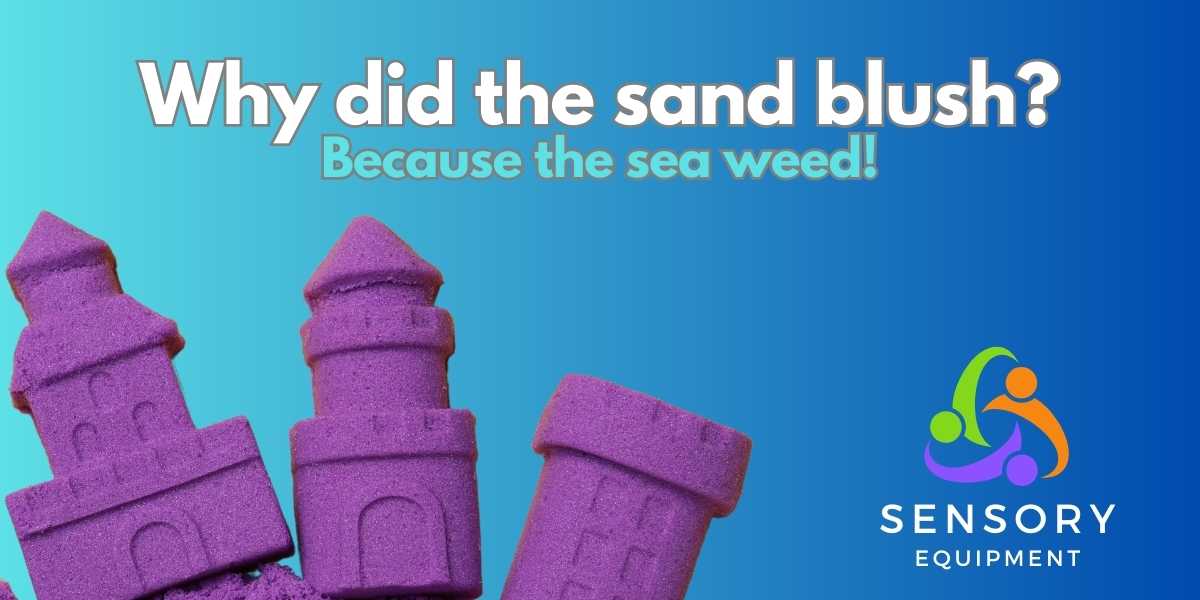In the world of sensory toys, one particular creation has taken the spotlight for its mesmerising qualities and therapeutic benefits—kinetic sand. Loved by children and adults alike, kinetic sand has proven to be a powerful tool for individuals with autism, offering a unique sensory experience that goes beyond the ordinary. In this article, we explore what kinetic sand is and delve into the specific sensory benefits it provides for those on the autism spectrum.
What is Kinetic Sand?
Kinetic sand is a mould-able, squeezable, and shape-able substance that looks like regular sand but possesses a fascinating characteristic—it sticks to itself without being sticky. This magical sand is made from a mix of 98% fine sand and 2% polymer, giving it a fluid-like movement while maintaining the mould-ability of traditional sand. It comes in various colours and often includes tools for shaping and carving, providing endless possibilities for creative play.
Sensory Benefits for Individuals with Autism:
- Tactile Stimulation:
Kinetic sand offers a rich tactile experience, engaging the sense of touch. The soft, pliable texture provides a soothing and calming sensation, making it an excellent tool for individuals with autism who may be sensitive to certain textures. - Calming Effect:
The repetitive act of moulding and shaping the sand can have a calming effect on the nervous system. It provides a constructive outlet for stress and anxiety, allowing individuals with autism to self-regulate and find comfort in the rhythmic motion of their hands. - Enhanced Fine Motor Skills:
Manipulating kinetic sand helps improve fine motor skills as individuals pinch, squeeze, and u the substance. This can be particularly beneficial for those with autism who may struggle with fine motor coordination, contributing to enhanced hand-eye coordination over time. - Visual Stimulation:
The vibrant colours of kinetic sand stimulate the visual senses, offering a visually engaging experience. This can be especially appealing to individuals with autism, as the dynamic colors add an extra layer of sensory exploration. - Imaginative Play:
Kinetic sand encourages imaginative play, allowing individuals to create landscapes, shapes, and patterns. This creative aspect promotes cognitive development and provides an opportunity for self-expression. - Safe Sensory Exploration:
Unlike some sensory materials, kinetic sand is non-toxic and easy to clean up. This makes it a safe option for individuals with autism to explore sensory play without concerns about harmful substances.
Conclusion:
In the realm of sensory toys, kinetic sand has emerged as a therapeutic oasis for individuals with autism. Its unique properties provide a wealth of sensory benefits, from tactile stimulation to enhanced fine motor skills and beyond. As the popularity of kinetic sand continues to grow, so does its potential to positively impact the lives of those seeking a sensory-friendly and enjoyable experience.








